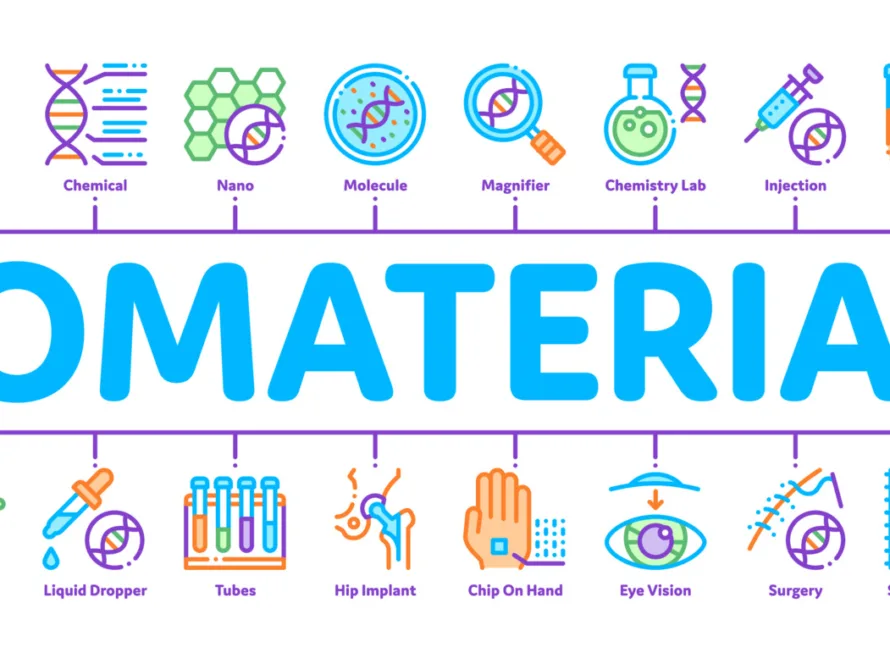A recent publication in Nature titled “Angstrom Resolution Fluorescence Microscopy” is yet to stun the scientific community. The paper describes a new technique that allows for imaging biological structures at an unprecedented level of detail, down to the scale of individual atoms. This breakthrough has the potential to revolutionize the field of microscopy and open up new avenues of research in fields such as medicine, materials science, and biotechnology.
Angstrom Resolution Fluorescence Microscopy (ARFM) is a relatively new microscopy technique that can be compared to other Nobel Prize-winning microscopy techniques such as electron microscopy, X-ray crystallography, and scanning tunneling microscopy. While these techniques have been awarded Nobel Prizes for their contributions to the field of microscopy, ARFM offers several advantages over these techniques.
ARFM allows for the imaging of biological structures at an unprecedented level of detail, down to the scale of individual atoms. This level of detail is crucial for understanding the structure and function of complex biological systems, such as proteins and DNA. Additionally, ARFM combines the power of fluorescence microscopy with the precision of atomic force microscopy, allowing for both imaging and manipulation of individual atoms.
Compared to cryo-electron microscopy (cryo-EM), another Nobel Prize-winning microscopy technique, ARFM offers several advantages as well. Cryo-EM is limited by the size and complexity of the molecules that can be imaged, whereas ARFM can image individual atoms and molecules with sub-nanometer resolution. Furthermore, ARFM allows for the imaging of biological structures in their native environment, without the need for staining or other preparation techniques that can alter the structure of the sample.
The potential applications of ARFM are vast and varied. For example, it could be used to study the structure of proteins and other biomolecules in great detail, which could lead to new insights into diseases such as Alzheimer’s and Parkinson’s. It could also be used to study the behavior of materials at the atomic scale, which could have implications for fields such as nanotechnology and materials science.
With its ability to image biological structures at the atomic scale and its unique advantages over other Nobel Prize-winning microscopy techniques, Angstrom Resolution Fluorescence Microscopy has the potential to be the next Nobel Prize-winning technology. The future of microscopy is looking brighter than ever before.
Angstrom Resolution Fluorescence Microscopy: Is this the Next Nobel Prize-Winning Technology in Microscopy?
Angstrom Resolution Fluorescence Microscopy (ARFM) is a relatively new microscopy technique that has not yet been awarded a Nobel Prize. However, there are several Nobel Prize-winning microscopy techniques that ARFM can be compared to:
1. Electron microscopy: This technique uses a beam of electrons to create an image of a sample. It has been used to study the structure of viruses, cells, and other biological structures. Electron microscopy has been awarded several Nobel Prizes, including the 1986 Prize in Physics.
2. X-ray crystallography: This technique uses X-rays to determine the atomic structure of crystals. It has been used to study the structure of proteins, DNA, and other biological molecules. X-ray crystallography has been awarded several Nobel Prizes, including the 1962 Prize in Chemistry.
3. Scanning tunneling microscopy: This technique uses a fine-tipped probe to scan the surface of a sample and create an image. It has been used to study the structure of surfaces and individual atoms. Scanning tunneling microscopy has been awarded several Nobel Prizes, including the 1986 Prize in Physics.
Compared to these Nobel Prize-winning microscopy techniques, ARFM offers several advantages. For example, it allows for imaging biological structures at an unprecedented level of detail, down to the scale of individual atoms. This level of detail is crucial for understanding the structure and function of complex biological systems, such as proteins and DNA. Additionally, ARFM combines the power of fluorescence microscopy with the precision of atomic force microscopy, allowing for both imaging and manipulation of individual atoms.





